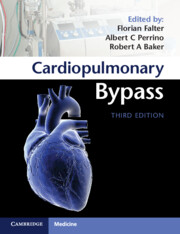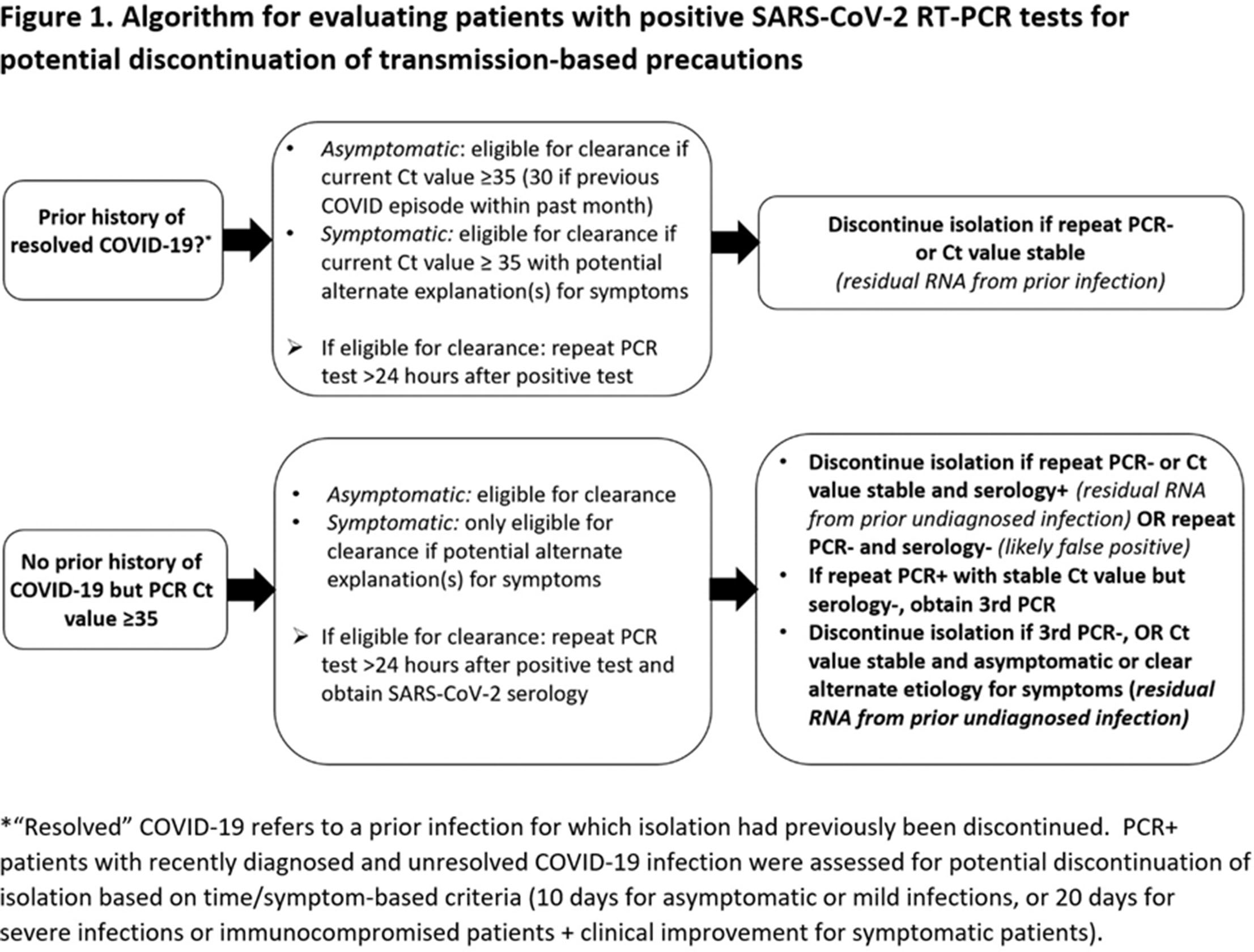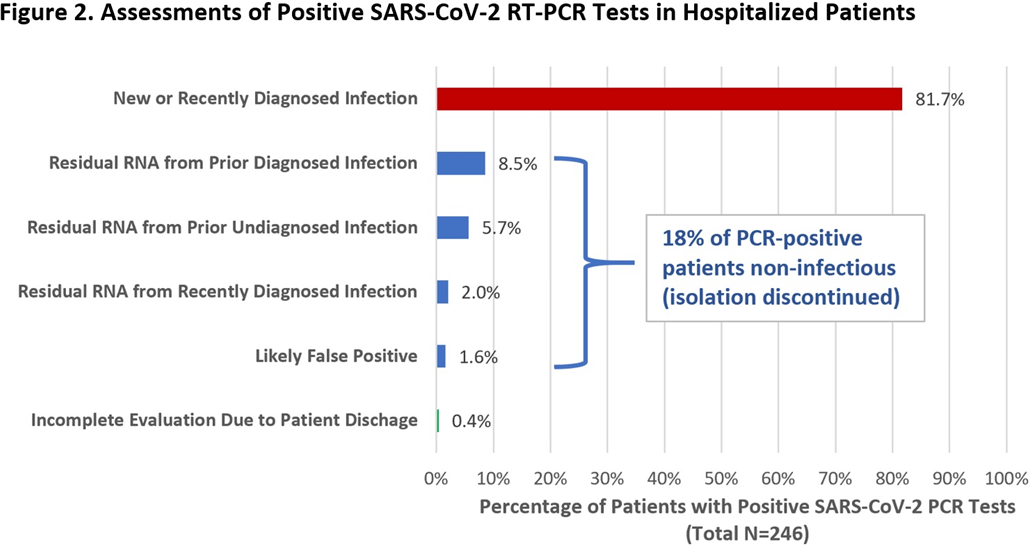196 results
Biodegradability factor in organic-clay sorption
-
- Journal:
- Clays and Clay Minerals / Volume 18 / Issue 6 / December 1970
- Published online by Cambridge University Press:
- 01 July 2024, pp. 365-366
-
- Article
-
- You have access
- Export citation
Impact of measurement and feedback on chlorhexidine gluconate bathing among intensive care unit patients: A multicenter study
-
- Journal:
- Infection Control & Hospital Epidemiology / Volume 44 / Issue 9 / September 2023
- Published online by Cambridge University Press:
- 13 September 2023, pp. 1375-1380
- Print publication:
- September 2023
-
- Article
-
- You have access
- HTML
- Export citation
Advocacy at the Eighth World Congress of Pediatric Cardiology and Cardiac Surgery
-
- Journal:
- Cardiology in the Young / Volume 33 / Issue 8 / August 2023
- Published online by Cambridge University Press:
- 24 August 2023, pp. 1277-1287
-
- Article
-
- You have access
- Open access
- HTML
- Export citation
GR as a classical spin-2 theory?
-
- Journal:
- Philosophy of Science / Volume 90 / Issue 5 / December 2023
- Published online by Cambridge University Press:
- 29 March 2023, pp. 1363-1373
- Print publication:
- December 2023
-
- Article
-
- You have access
- HTML
- Export citation
The Ethics of Animal Experimentation (Proceedings of the European Congress held 17-18 December 1996 at the Palais des Congres, Brussels). Edited by P N O'Donoghue (1998). European Biomedical Research Association (EBRA) and Federation of European Laboratory Animal Science Assocations (FELASA). 273pp. Paperback. Obtainable from the EBRA Secretariat, 58 Great Marlborough St, London W1V 1DD, UK (ISBN 0953304906). Price £16.00 (plus £3.00 postage and packing).
-
- Journal:
- Animal Welfare / Volume 8 / Issue 4 / November 1999
- Published online by Cambridge University Press:
- 11 January 2023, pp. 446-448
-
- Article
-
- You have access
- Export citation
International Zoo Yearbook, Volume 35 Edited by P J S Olney and F A Fisken (1997). The Zoological Society of London: London. 539 pp. Hardback. Obtainable from the publishers, Dept IZY, Regent's Park, London NW1 4RY (ISSN 0074-9664). Price £63.00 (plus £4.50 post and packing outside the UK).
-
- Journal:
- Animal Welfare / Volume 7 / Issue 3 / August 1998
- Published online by Cambridge University Press:
- 11 January 2023, pp. 333-334
-
- Article
-
- You have access
- Export citation
Responsible Conduct with Animals in Research Edited by Lynette A Hart (1998). Oxford University Press Inc: New York, USA. 194 pp. Hardback and paperback. Obtainable from the publishers, 198 Madison Ave, NY 10016, USA; or for European orders from, Oxford University Press, Walton St, Oxford OX2 6DP, UK (ISBN 0195105117 hardback or 0195105125). Price £45.00/US$65.00 hardback or £19.95/US$27.50.
-
- Journal:
- Animal Welfare / Volume 10 / Issue 1 / February 2001
- Published online by Cambridge University Press:
- 11 January 2023, pp. 95-96
-
- Article
-
- You have access
- Export citation
Foreword
-
- Book:
- Cardiopulmonary Bypass
- Published online:
- 24 October 2022
- Print publication:
- 10 November 2022, pp ix-x
-
- Chapter
- Export citation
Contents
-
- Book:
- Cardiopulmonary Bypass
- Published online:
- 24 October 2022
- Print publication:
- 10 November 2022, pp v-v
-
- Chapter
- Export citation
Contributors
-
- Book:
- Cardiopulmonary Bypass
- Published online:
- 24 October 2022
- Print publication:
- 10 November 2022, pp vi-viii
-
- Chapter
- Export citation
Index
-
- Book:
- Cardiopulmonary Bypass
- Published online:
- 24 October 2022
- Print publication:
- 10 November 2022, pp 205-212
-
- Chapter
- Export citation
Copyright page
-
- Book:
- Cardiopulmonary Bypass
- Published online:
- 24 October 2022
- Print publication:
- 10 November 2022, pp iv-iv
-
- Chapter
- Export citation

Cardiopulmonary Bypass
-
- Published online:
- 24 October 2022
- Print publication:
- 10 November 2022
8 - Noether’s First Theorem and the Energy-Momentum Tensor Ambiguity Problem
-
-
- Book:
- The Philosophy and Physics of Noether's Theorems
- Published online:
- 22 September 2022
- Print publication:
- 29 September 2022, pp 169-196
-
- Chapter
- Export citation
Principles and Duties: A Critique of Common Morality Theory
-
- Journal:
- Cambridge Quarterly of Healthcare Ethics / Volume 31 / Issue 2 / April 2022
- Published online by Cambridge University Press:
- 04 March 2022, pp. 199-211
-
- Article
- Export citation
Sources of exposure identified through structured interviews of healthcare workers who test positive for severe acute respiratory coronavirus virus 2 (SARS-CoV-2): A prospective analysis at two teaching hospitals
-
- Journal:
- Antimicrobial Stewardship & Healthcare Epidemiology / Volume 1 / Issue 1 / 2021
- Published online by Cambridge University Press:
- 15 December 2021, e65
-
- Article
-
- You have access
- Open access
- HTML
- Export citation
Autofluorescence For Rapid Visualization of Plant Anatomy Among Diverse Taxa
-
- Journal:
- Microscopy and Microanalysis / Volume 27 / Issue S1 / August 2021
- Published online by Cambridge University Press:
- 30 July 2021, pp. 1416-1419
- Print publication:
- August 2021
-
- Article
-
- You have access
- Export citation
Does Every Patient with a Positive SARS-CoV-2 RT-PCR Test Require Isolation? A Prospective Analysis
-
- Journal:
- Antimicrobial Stewardship & Healthcare Epidemiology / Volume 1 / Issue S1 / July 2021
- Published online by Cambridge University Press:
- 29 July 2021, pp. s8-s9
-
- Article
-
- You have access
- Open access
- Export citation
Absence of long-range severe acute respiratory coronavirus virus 2 (SARS-CoV-2) transmission from a highly infectious patient with undiagnosed coronavirus disease 2019 (COVID-19) in a positive-pressure room
- Part of
-
- Journal:
- Infection Control & Hospital Epidemiology / Volume 43 / Issue 1 / January 2022
- Published online by Cambridge University Press:
- 21 July 2021, pp. 108-109
- Print publication:
- January 2022
-
- Article
- Export citation
Pursuing the developmental aims of the triarchic model of psychopathy: Creation and validation of triarchic scales for use in the USC: RFAB longitudinal twin project
-
- Journal:
- Development and Psychopathology / Volume 34 / Issue 3 / August 2022
- Published online by Cambridge University Press:
- 15 February 2021, pp. 1088-1103
-
- Article
- Export citation



